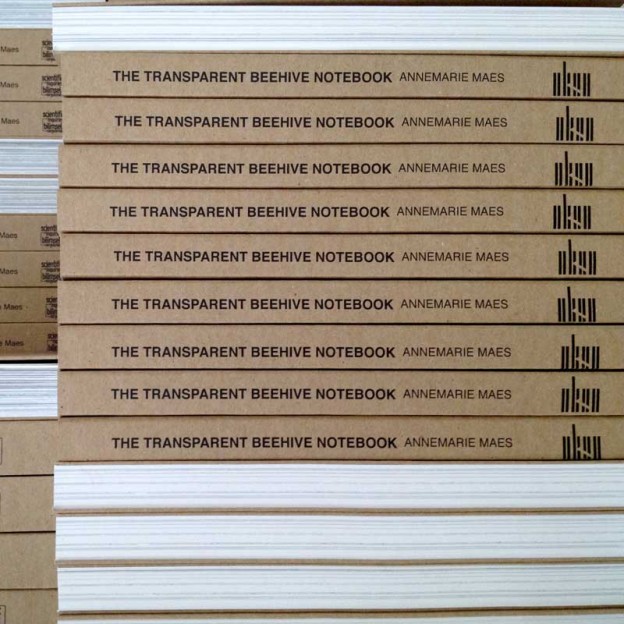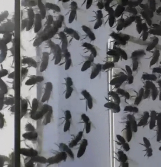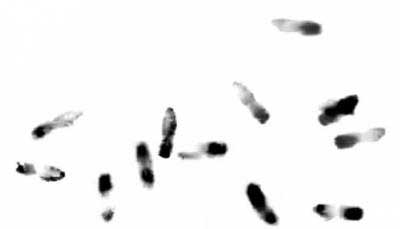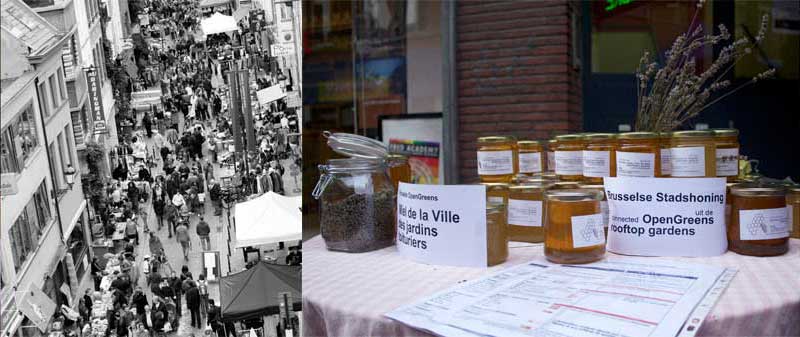The Transparent Beehive Notebook gives an overview of the Transparent Beehive Project. It describes in words and images the intense process of Bee Monitoring and the close collaboration with numerous colleague artists, scientists, engineers and beekeepers. The relation bees and flowers is an evident one and is never far away in this notebook. In an artistic way and starting from hands on experiences as a beekeeper, I give an account of the building of monitoring systems and their implementation in the beehives at the open field labs. Working with the collected open source data is explained, and most important: the disclosure to a public in a set of transdisciplinary art forms: photographs, films, sculptures and the Bee Archive.
A bee colony is a sophisticated instrument, the super organism demonstrates a feat of collaboration through communication. Working with honeybees is absolutely fascinating and the job they do for the sake of mankind is certainly underevaluated. It is a shame that they go through such difficult times. I will continue to support them where I can.
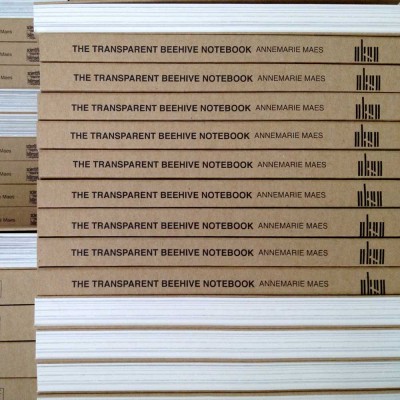
Transparent Beehive Notebook – click to start the download
This notebook gives background info on the bee monitoring project. Scientific experiments, artistic drawings, articles, texts, artistic impressions , … etc. By clicking on the image, you can download the Transparent Beehive Notebook, published in the context of the Scientific Inquiries exhibition in Istanbul, november 2013. If you are intrested in a hard copy of the book, you can contact annemarie at at at annemariemaes dot net.
The Transparent Beehive Notebook was presented
– as part of the Foraging Fields installation in the exhibition FIELDS, Riga – Latvia, from 15 may 2014 to august 4 2014.
– as part of the Scientific Inquiries exhibition in Istanbul at Koç University, from 7 november to 7 december 2013.

This work is licensed under a Creative Commons Attribution-NonCommercial-NoDerivatives 4.0 International License.
